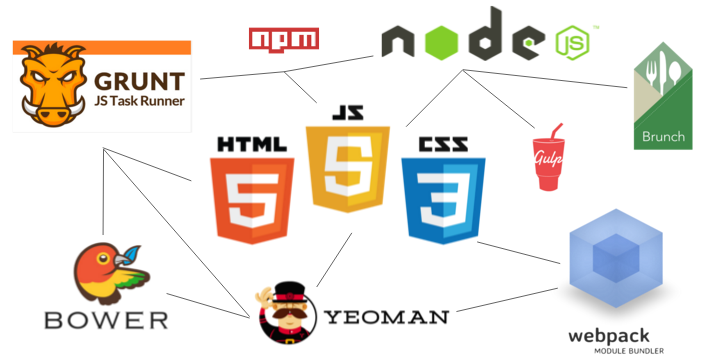htmx ~ Why htmx Does Not Have a Build Step
The best reason to write a library in plain JavaScript is that it lasts forever. This is arguably JavaScript’s single most underrated feature. While I’m sure there are some corner cases, JavaScript from 1999 that ran in Netscape Navigator will run unaltered, alongside modern code, in Google Chrome downloaded yesterday. That is true for very few programming environments.
And yet:
Of course, most people’s experience with JavaScript is that it ages like milk. Reopen a node repository after 3 months and you’ll find that your project is mired in a flurry of security warnings, backwards-incompatible library “upgrades,” and a frontend framework whose cultural peak was the exact moment you started the project and is now widely considered tech debt.
